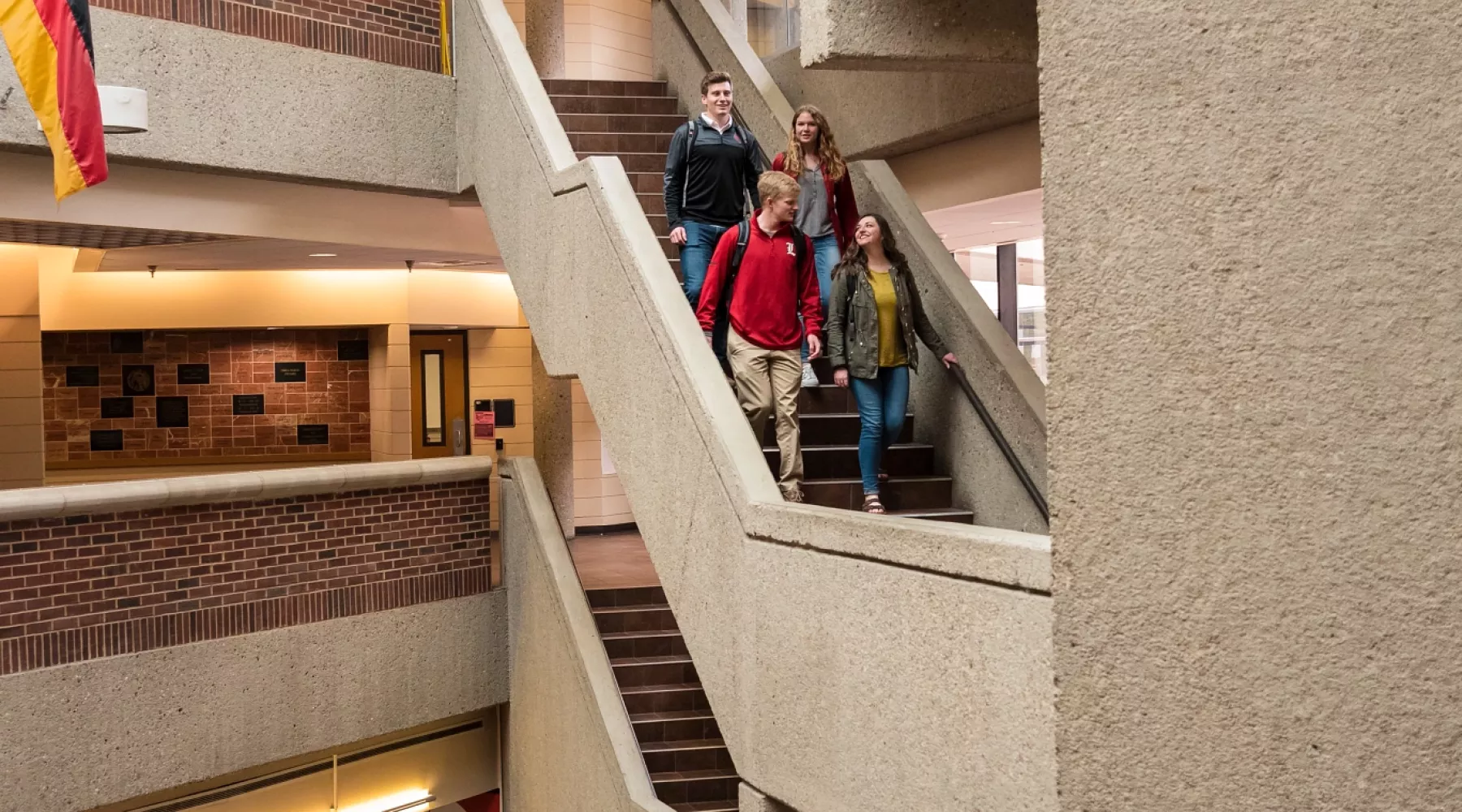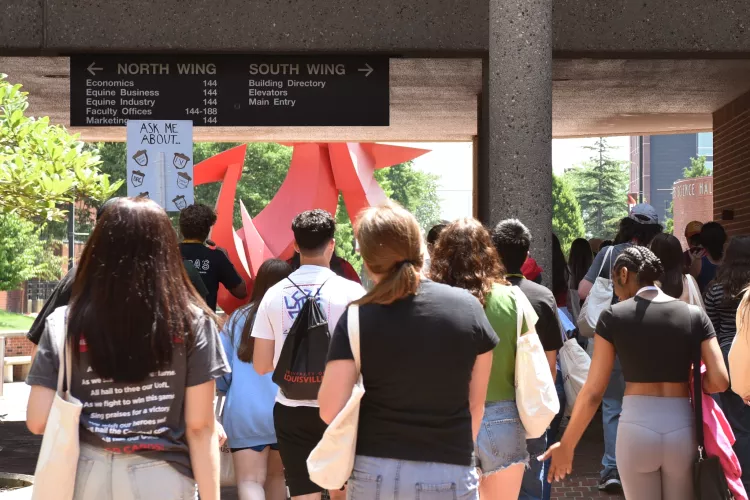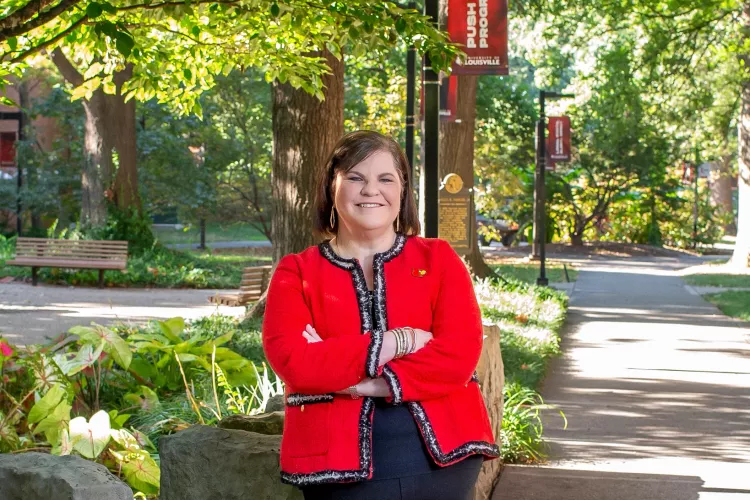
News & Events
Here, we proudly showcase the unique journeys and achievements of our students, faculty and local business partners, highlighting the diverse paths to success sculpted in and out of our walls.
Banner Bearer Marlee Henson Leads Her Class, Rises in Franchise Marketing
Long before fall 2025 College of Business Outstanding Graduate Marlee Henson began weighing her college options, she was already imagining a future where creativity and storytelling could shape the business world. Growing up in a small Kentucky town with a graduating class of just 43, she learned early how to see possibility everywhere — and she carried that instinct straight to the University of Louisville.

College of Business News
Upcoming Events
Stay in the Know
Subscribe to the Exchange Newsletter monthly email to stay current on what is happening in and around the College of Business.
Join the Exchange Newsletter
FranchiseU! Podcast
A business podcast brought to you by the Yum! Center for Global Franchise Excellence.










